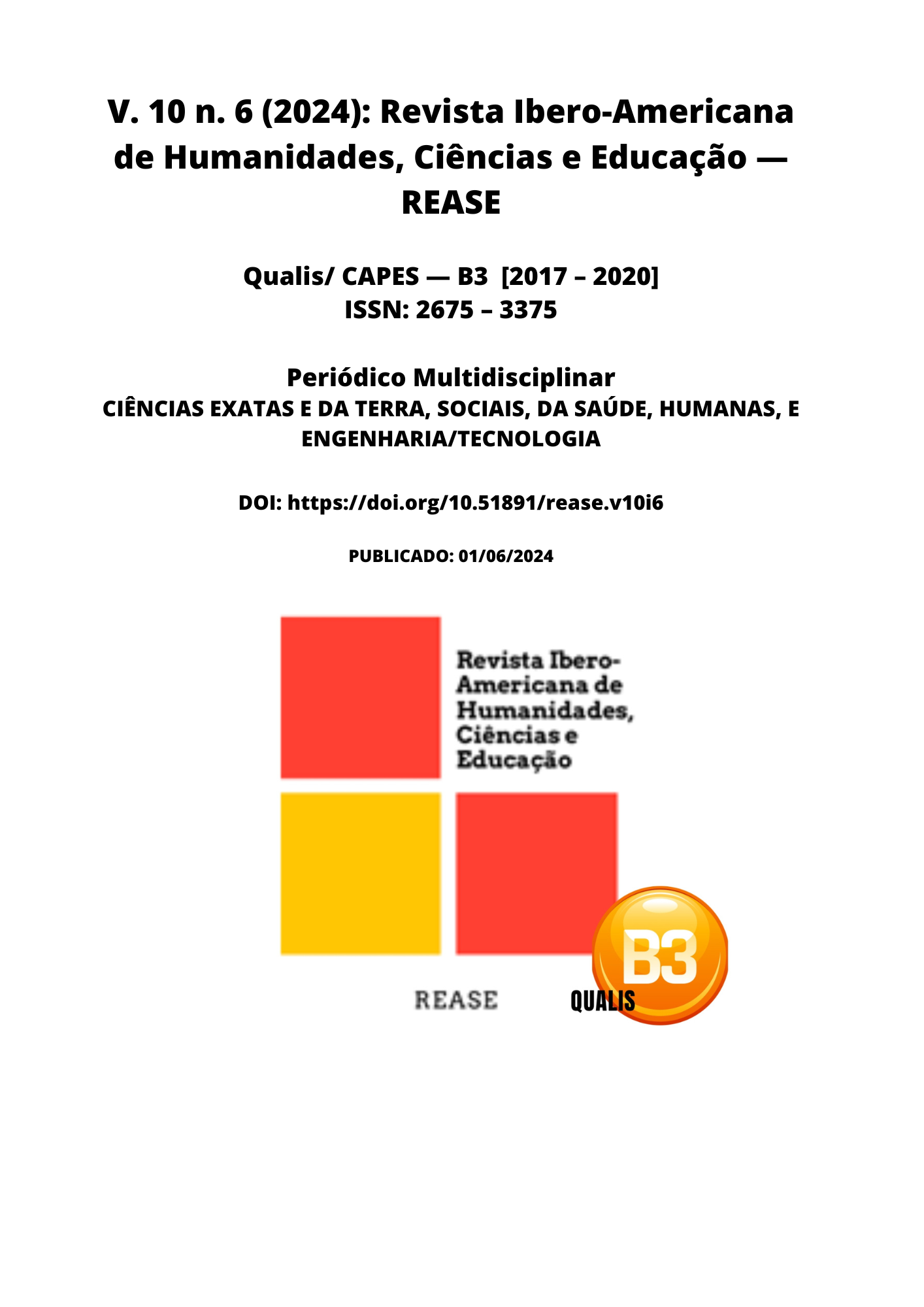MARKETING STRATEGY FOR CONVENIENCE STORES FOR MICRO AND SMALL ENTREPRENEURS
DOI:
https://doi.org/10.51891/rease.v10i6.14545Keywords:
Strategy. Maketing. Four Ps. Convenience shop. Micro-entrepreneur.Abstract
The aim of this research is to demonstrate strategies for how a convenience store micro-entrepreneur can use the marketing tools of the four Ps - product, price, place and promotion - to adapt their shop in a harmonious way, with the aim of satisfying consumers. Throughout this article, we have explored essential elements for the success of individual micro-entrepreneurs, focusing mainly on the marketing strategy of the four Ps and for the strategic development of opening a convenience store. Specifically, we discuss how the convenience store should be carefully selected. The choice of product mix, the location of the point of sale, the particular needs of customers, an efficient and attractive shop layout, and hiring staff with the right profile. This shows that by combining product quality, operational efficiency and customer experience, these entrepreneurs can not only satisfy their customers' needs, but also build solid, long-lasting relationships that drive the growth and sustainability of their businesses.
Downloads
Downloads
Published
How to Cite
Issue
Section
Categories
License
Atribuição CC BY

